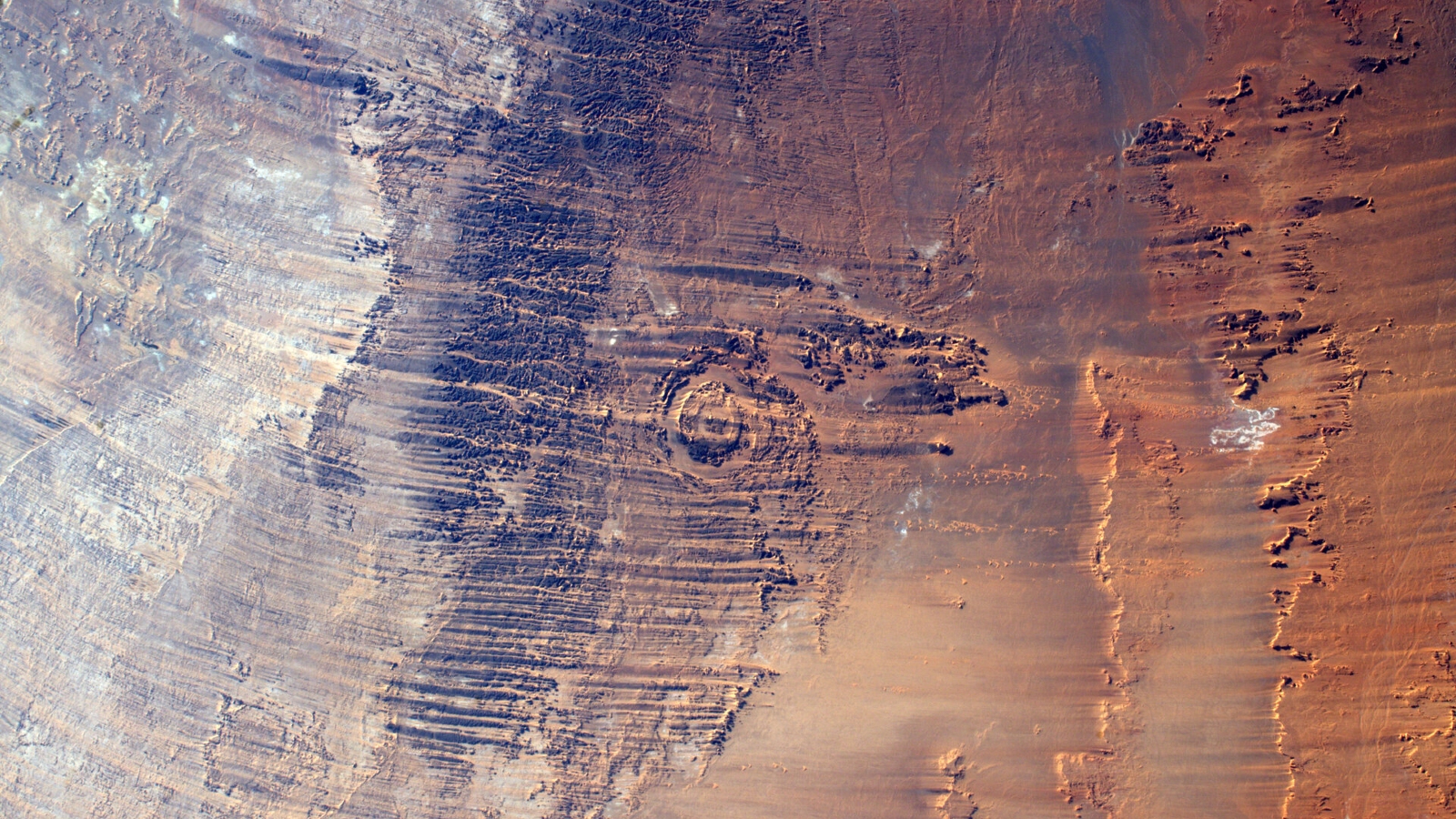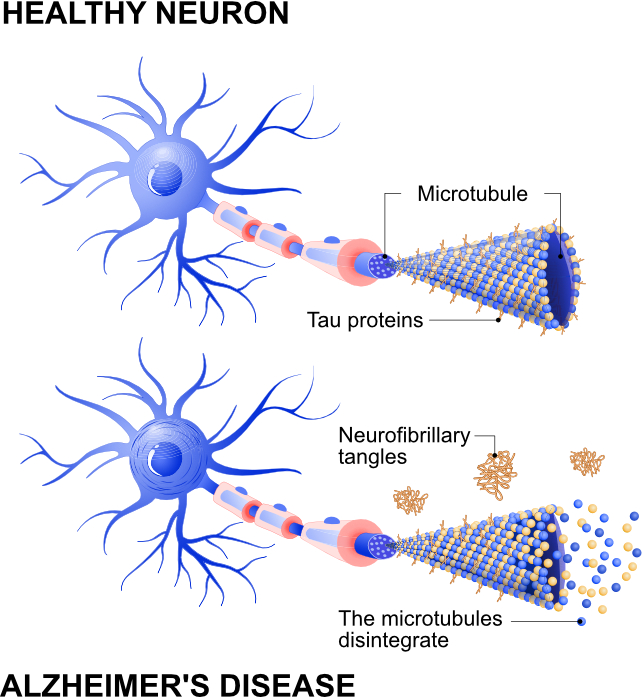Researchers are currently investigating hundreds of Roman-era medical instruments that may have been used in one of the earliest known examples of a group medical practice or a place where healthcare workers gathered to treat people. A total of 348 artifacts linked to medicine were discovered at Allianoi, an ancient town in what is now Turkey, which also housed a large spa-like bath. The artifacts, dating back 1,800 years, were found during rescue excavations conducted between 1998 and 2006, before the site was flooded due to the construction of a dam. Most of the artifacts were found within two buildings in a larger complex, indicating the possibility that the site once functioned as an ancient medical center.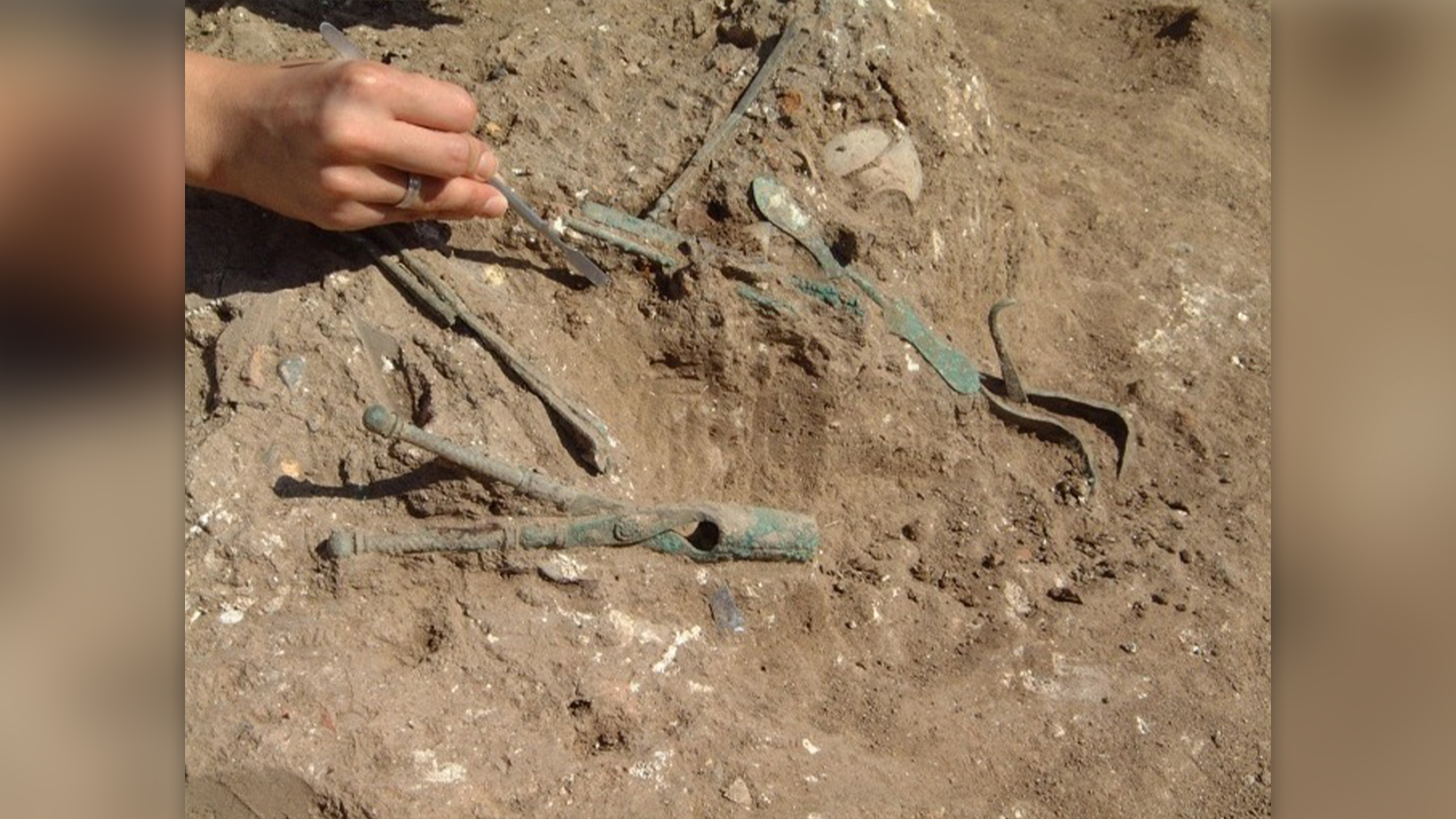 A variety of surgical instruments have been identified, suggesting that advanced surgical procedures, such as removing hemorrhoids, extracting bladder and kidney stones, cataract surgery, and wound suturing, may have been performed at the center. The exact number of medical practitioners who worked at the site at any given time is unknown, but it is believed that there were likely dozens or more, depending on the time period.”Please keep in mind that this wasn’t an organized ‘practice’ in the sense that they were all working for a single business, like today,” said Sarah Yeomans, an archaeologist at St. Mary’s College of Maryland. “Rather, it would have been more like Harley Street in London in the 19th century where all sorts of practitioners or specialists set up shop in the same location.”
A variety of surgical instruments have been identified, suggesting that advanced surgical procedures, such as removing hemorrhoids, extracting bladder and kidney stones, cataract surgery, and wound suturing, may have been performed at the center. The exact number of medical practitioners who worked at the site at any given time is unknown, but it is believed that there were likely dozens or more, depending on the time period.”Please keep in mind that this wasn’t an organized ‘practice’ in the sense that they were all working for a single business, like today,” said Sarah Yeomans, an archaeologist at St. Mary’s College of Maryland. “Rather, it would have been more like Harley Street in London in the 19th century where all sorts of practitioners or specialists set up shop in the same location.”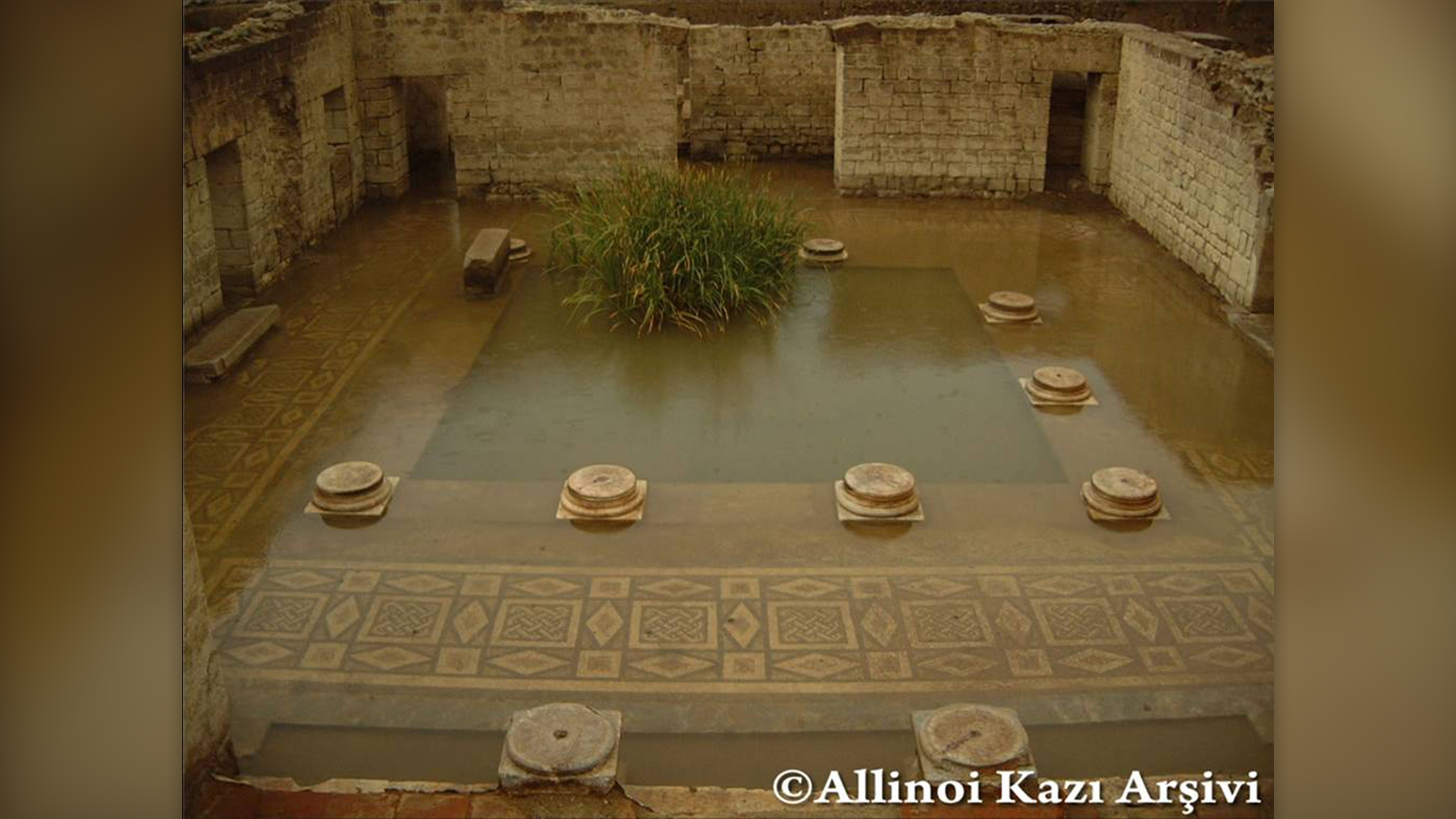 The instruments were used for various procedures, leading to the suggestion that the ancient doctor Galen, who resided in nearby Pergamon, may have practiced at Allianoi. Ancient records indicate that Galen successfully performed surgeries on injured gladiators, and he may have undertaken these at Allianoi.
The instruments were used for various procedures, leading to the suggestion that the ancient doctor Galen, who resided in nearby Pergamon, may have practiced at Allianoi. Ancient records indicate that Galen successfully performed surgeries on injured gladiators, and he may have undertaken these at Allianoi.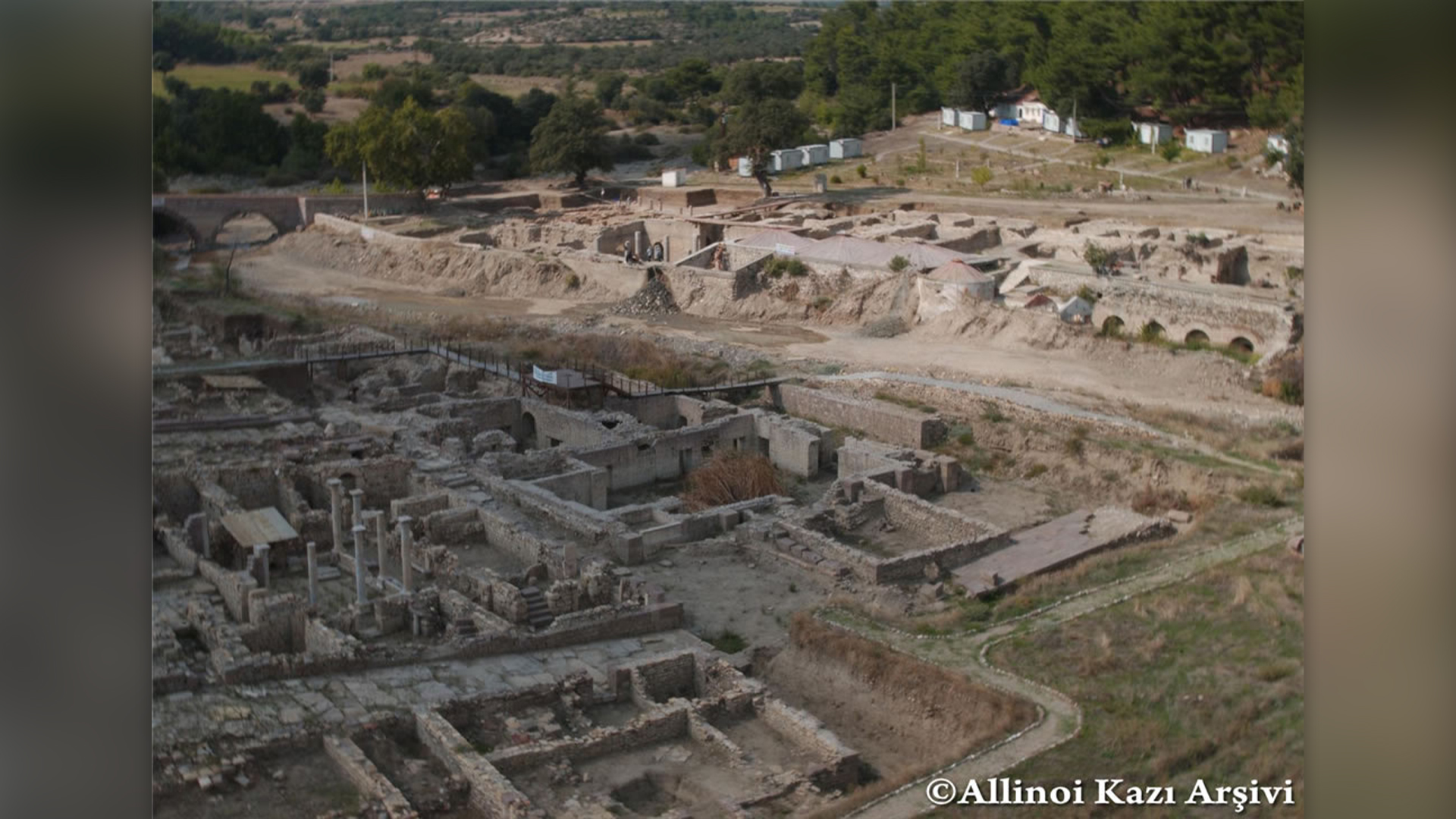 Patty Baker, a senior lecturer of classical and archaeological studies at the University of Kent, mentioned that the location of the facility nearby a bath aligns with historical evidence, as bath buildings were common places for medical tools as they were often visited by people seeking healthcare. Although it’s possible that a group of physicians worked at the site, it’s not confirmed based on the existing evidence.
Patty Baker, a senior lecturer of classical and archaeological studies at the University of Kent, mentioned that the location of the facility nearby a bath aligns with historical evidence, as bath buildings were common places for medical tools as they were often visited by people seeking healthcare. Although it’s possible that a group of physicians worked at the site, it’s not confirmed based on the existing evidence.




